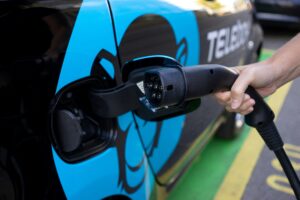Yara and GHC SAOC, a wholly owned subsidiary of Acme Cleantech, have signed a firm and binding agreement for supply of ammonia with reduced CO2 emissions from Acme to Yara on a long-term basis.

Both companies had previously signed a non-binding offtake Term Sheet and the current agreement concludes 18 months of negotiations during which the regulatory framework and certification regime have evolved significantly, creating a suitable environment for such long-term contracts.
The long-term offtake agreement between Yara and Acme covers the supply of 100,000 tons (90,718 tonnes) per annum of renewable ammonia and possibly the world’s first arm’s length contract for renewable ammonia of this scale and tenure. Over its life cycle, the project will help reduce global GHG emissions by up to 5.0 million tons of CO2 equivalents. In the base case, the renewable ammonia will be supplied by Acme from Phase-1 of its Oman project with an expected start date in 2027 and will comply with the EU RFBNO and Renewable Energy Directive requirements.
‘Yara Clean Ammonia is a frontrunner in enabling the hydrogen economy across the shipping, food, power, and industrial sectors. The renewable ammonia from Oman will be part of our scalable distribution system, developing a reliable, safe, and cost-efficient supply chain for low emission ammonia across different market segments. This agreement demonstrates the power of partnerships and collaboration to develop value chains that reduce emissions,’ says Magnus Ankarstrand, president at Yara Clean Ammonia.
Ashwani Dudeja, director at ACME Group adds: ‘We are pleased to have concluded the deal with Yara who will serve as an anchor customer for our solar based ammonia project being developed in Oman. This agreement is only a start and will facilitate further cooperation between the two companies while playing a vital role in accelerating the adoption of green hydrogen and its derivatives. We have had a number of firsts to our credit in this sector and with the signing of this contract, we aim to become the world’s first large scale producer of green ammonia.’














